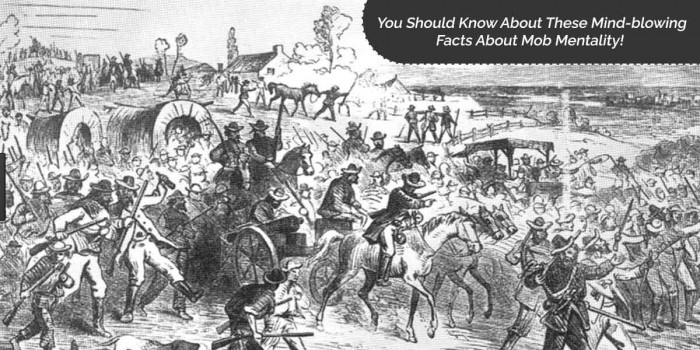10 Best Resume Tips for Every Step of the Resume Writing Process
A resume is a kind of first-impression we make on HR Managers. So why not make it best? Here are the 10 best resume tips you can follow for the same. Check it out!

It can be hard to get something perfect when you don't have the perfect resume. And, we all know a good resume is what stands between a dream job and option D. So, at most you need is to get your resume right, and you’ll be getting replies from every other company you apply to.
Now you’re probably wondering how you can write an attractive resume which leads to HR managers inviting you to interviews daily. Well, don't think much as you are here, and believe me you’ve come to the right place. Yes, because here we’re going to tell you all the resume tips you need to know about how to make a well-crafted resume.
But before knowing any resume tips, it is important to learn more about the resumes. So, let’s begin with the ways of picking the right resume format for you.
Pick the Right Resume Format
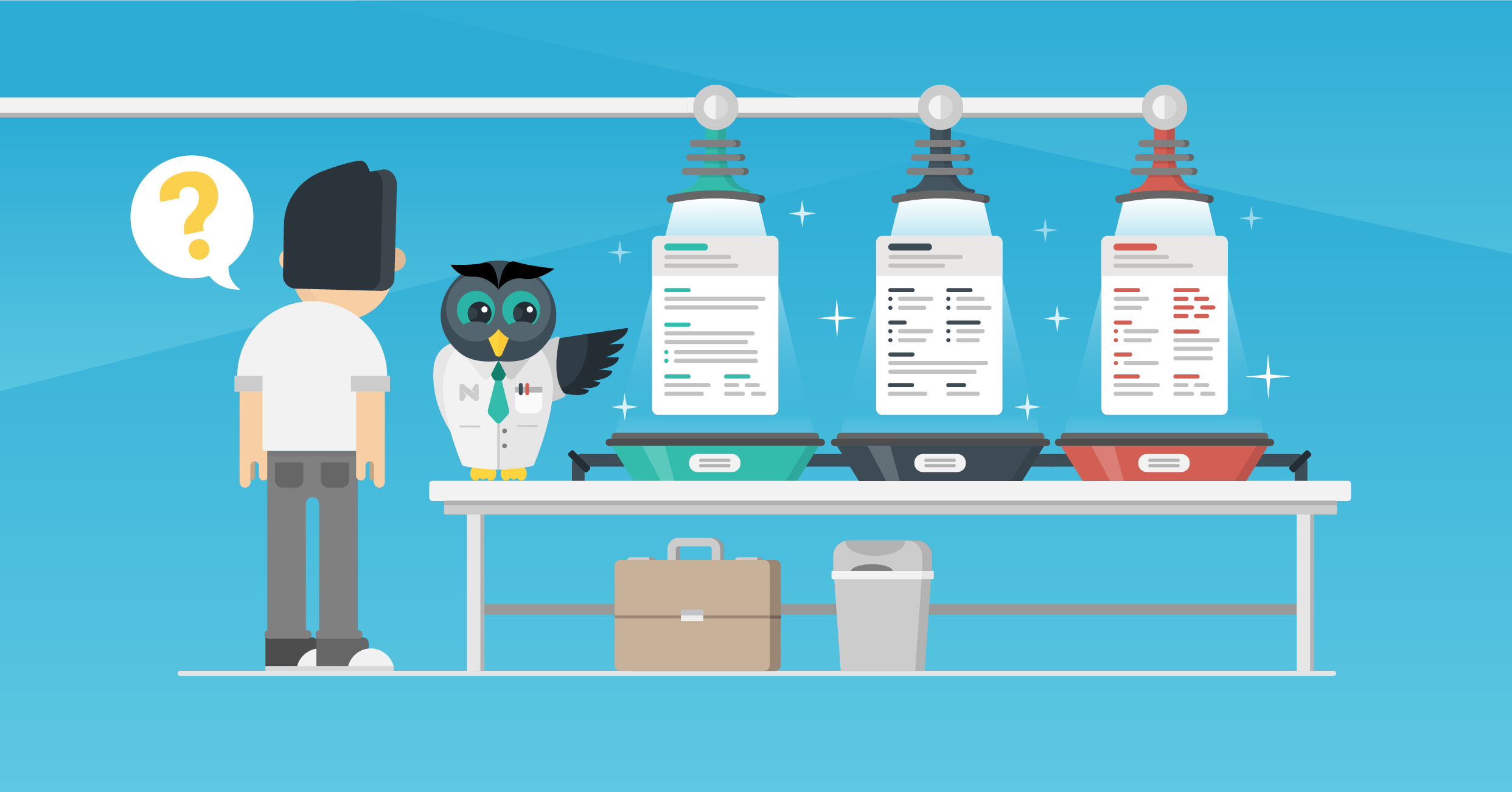
It is very important to pick the right resume format according to our level of experience for easily getting picked in the crowd of so many applications. There are three types of resume formats one can go for:
1. Reverse chronological
2. Functional or skills-based
3. Combination of the two
The perfect format depends on the type of job you are applying for and your level of experience. So, the three resume formats are:
1) Reverse Chronological Resume Format
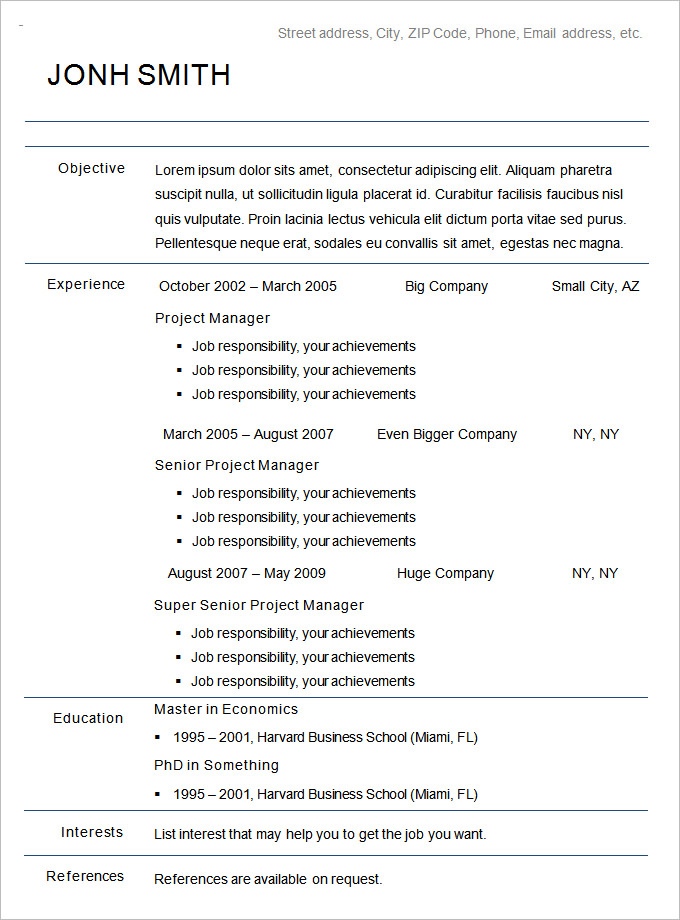
Reverse chronological is one of the most popular resume formats people use, and it is ideal for people with plenty of work experience that is relevant to the position they’re interested in.
2) Functional/Skills-Based Resume Format
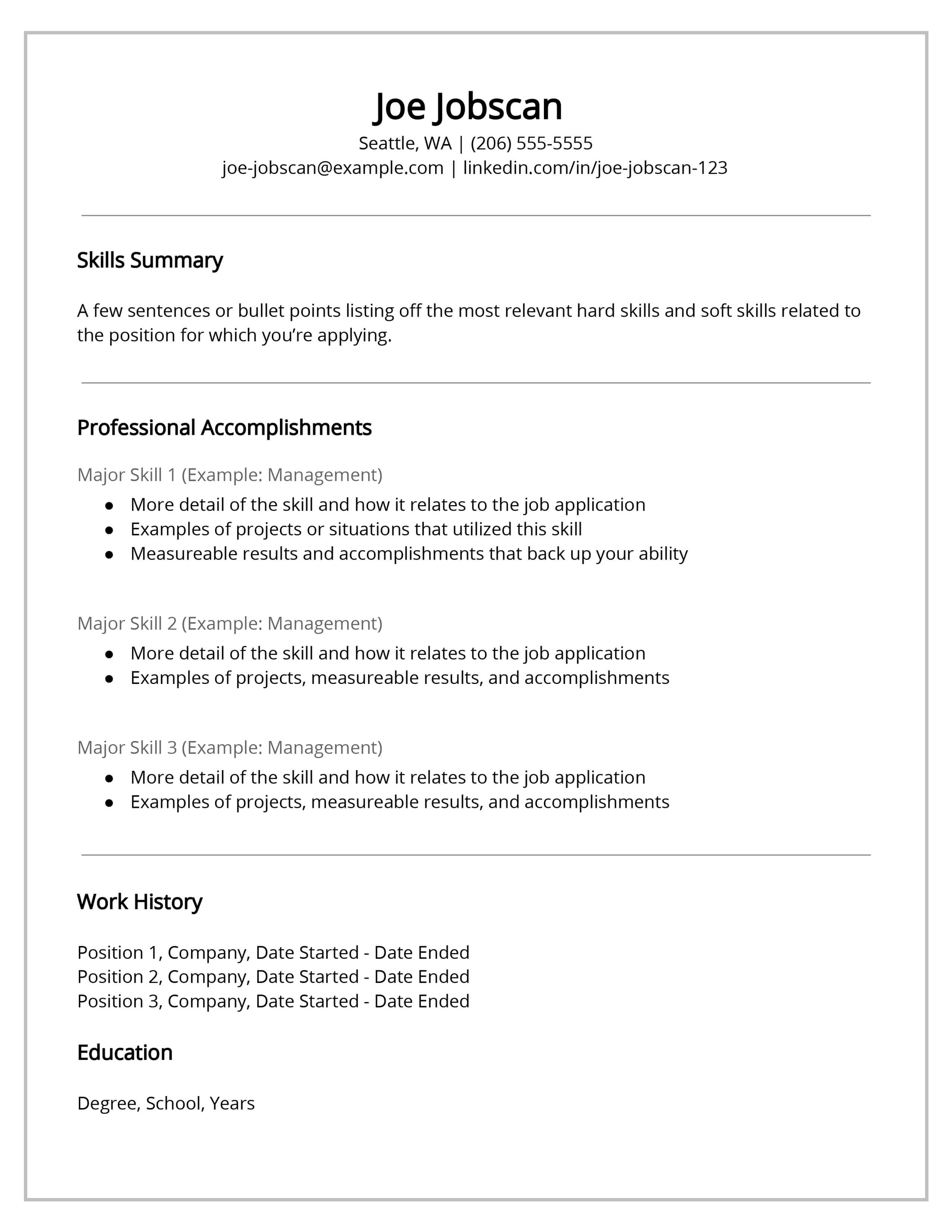
If you are a student/recent graduate or lack relevant work experience, or you are looking to make a career change, the skills-based format is the right choice.
3) Combination Resume Format
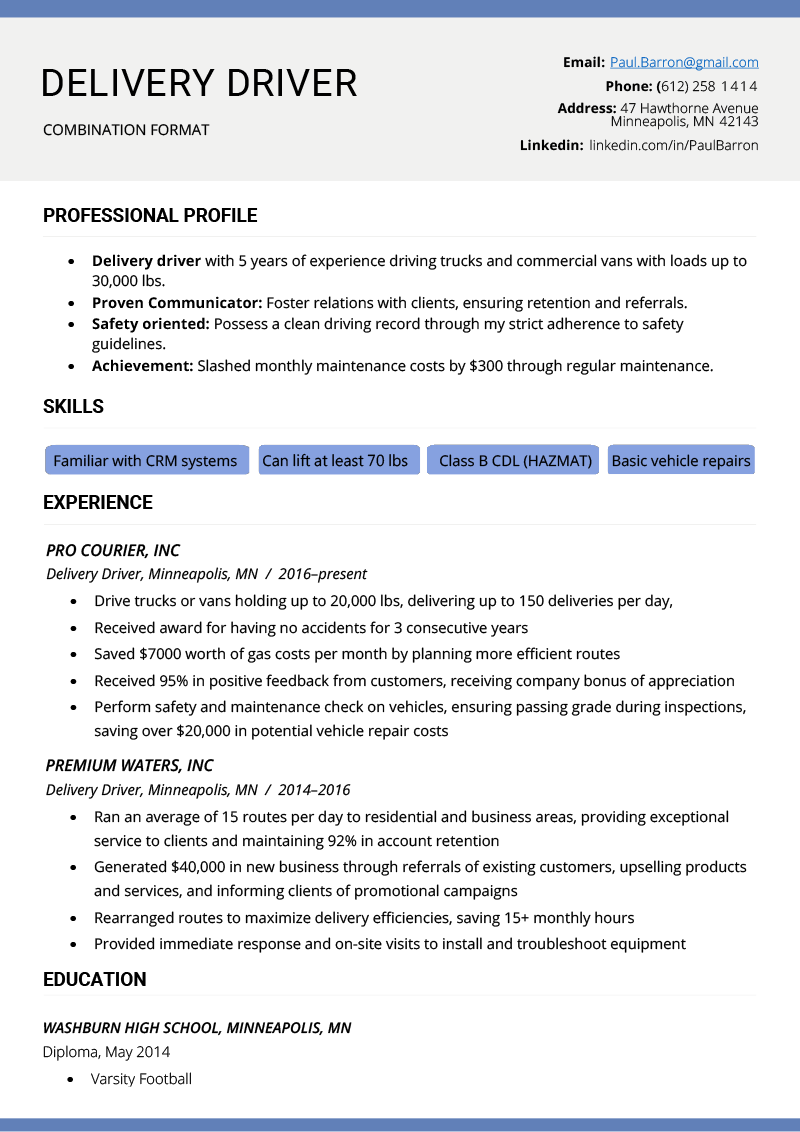
The great choice for job-seekers with a very diverse skill-set is the combination resume. If you’re applying for a role that requires expertise in 3-4 different fields, this one is useful. That means if you want to show all that in your resume, this will be best.
Say, if you’re applying for a senior management role, and the requirements are expertise in Sales, Management, and Software Development.
In that case, which one will you prefer?
Well, you’d want to stick to the reverse-chronological resume format in 90%+ cases. It is not only the most common one but also the most HR managers are used to this. Hence, we’re going to focus on this specific format in this guide.
Still, if you possess a diverse set of skills & work experience or you’re a recent graduate, you might want to pick one of the other two formats.
Best Resume Layout to Choose
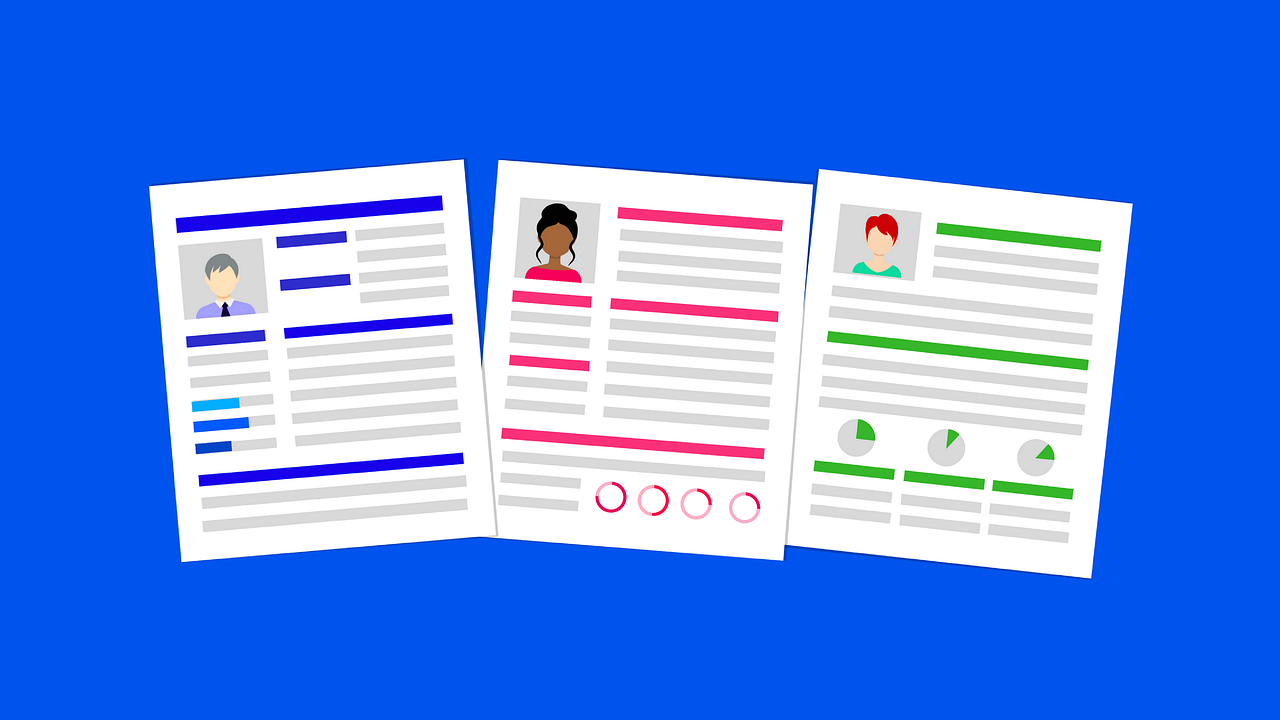
Apart from the format, another important thing a job recruiter notices about any resume is its layout. Is it organized or cluttered? Is it too long or too short? Is it easy to ignore or boring, or does it scream out “Read me!”?
So, keeping all this in mind, here are some of the best practices one can opt when it comes to the apt resume layout:
1. One Page in Length
We are not saying that you can not opt for 2-page resume, but you should only go for it if you believe that it’ll add significant value. Because, reasonably, HR managers get around 1,000+ resumes per month. Hence, no one is free to spend their valuable time reading your life story in no. of pages!
2. Clear Section Headings
Another important aspect you need to give your thought is headings. Just pick a heading (H2, for example) and use it for all the section headers. Don't keep changing it head to head.
3. Enough White-Space
You need to think about the white space, especially around the margins.
4. Easy-to-Read Font
We’d recommend you to either go for standard one or stick to what stands out, but not too much. For example, you can choose Ubuntu, Overpass, Roboto, etc. But don’t (ever): Comic Sans.
5. Pick the Right Font Size
As a standard parameter, for normal text, go for 11-12 pt, and for section, titles choose 14-16 pt.
6. Save Your Resume as PDF
As a rule of thumb, always go for PDF because maybe Word is a popular alternative, but it has a good chance of messing up the formatting of your resume.
Resume Tips & Tricks to Help You Get Hired
Now, let’s read the tips and tricks we need to follow to make a well-crafted resume.
1. Objective Statements are Out of Fashion
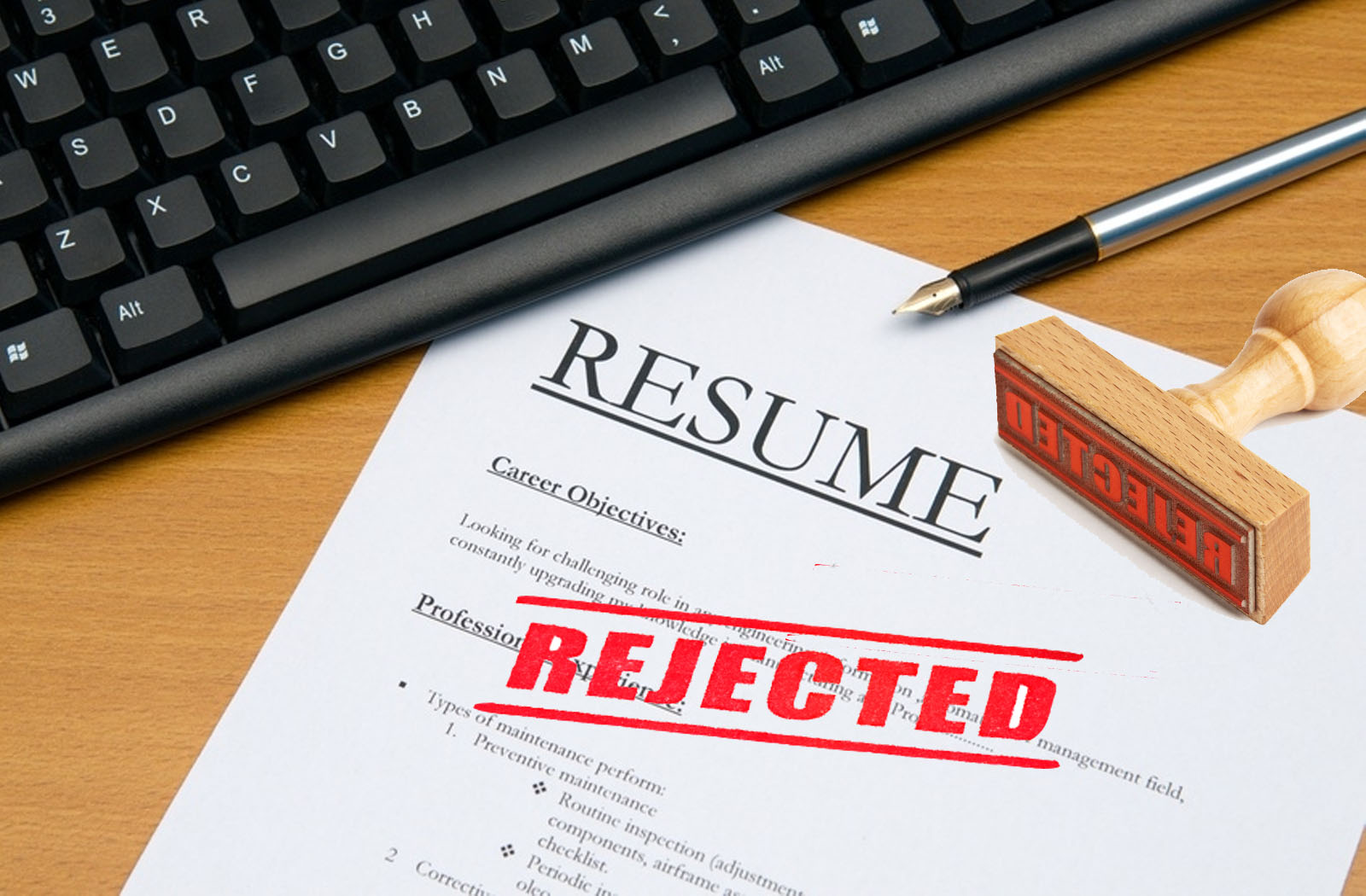
Only when you’re making a huge career change and need to explain from the get-go why your experience doesn’t match up with the position you’re applying to, an objective makes sense. Because besides that, in every other case, a summary will be perfect.
Yes, you read it right! Whether a summary statement would be right for you—or leave it as it is to save space and focus on making the rest of your resume outstanding.
Resume Summary
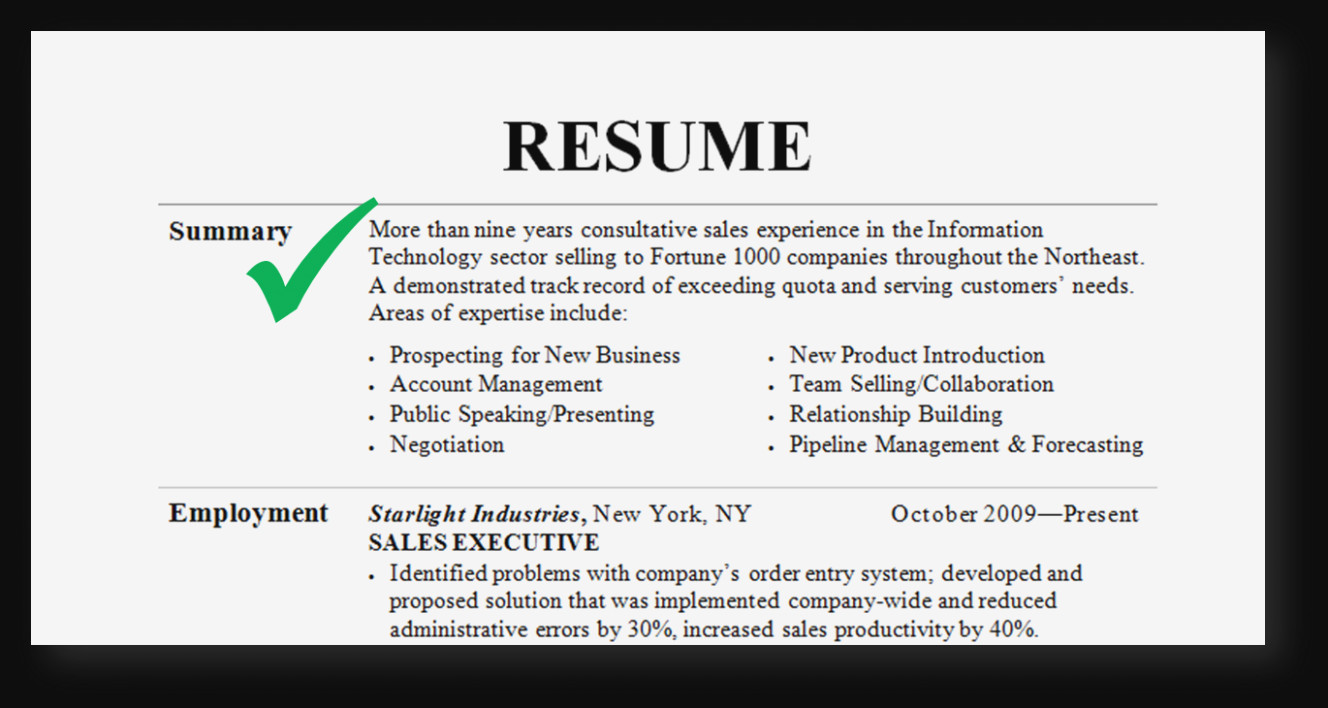
Make sure that the resume summary you are writing should be of only 2-3 sentences which must contain the entire summary of your career. Generally, you can use a resume summary in almost all situations unless you’re switching the career or you’re a recent university graduate because in such cases, you should use a resume objective.
Here are the things you need to mention in your resume summary:
1. Your current job profile, along with years of experience. E.g., SEO Executive with 5+ years of experience in the Digital Marketing industry.
2. Few top achievements that too of core responsibilities. E.g., Specialized in technical support, user retention, and customer care.
3. Aspiration concerning job role generally, about working at a specific company. E.g., Looking for new opportunities as a Content Specialist for an XYZ company.
For example:
“Work-driven, recent graduate with a B.A. in Graphic Design, from New York State University seeking new opportunities. 5+ years of working experience with Photoshop and Adobe Illustrator, designing UX / UI and creating illustrations. Looking to grow as a designer, as well as perfect my art, at the XYZ Design Studio.”
2. Attention to Keywords in the Job Postings
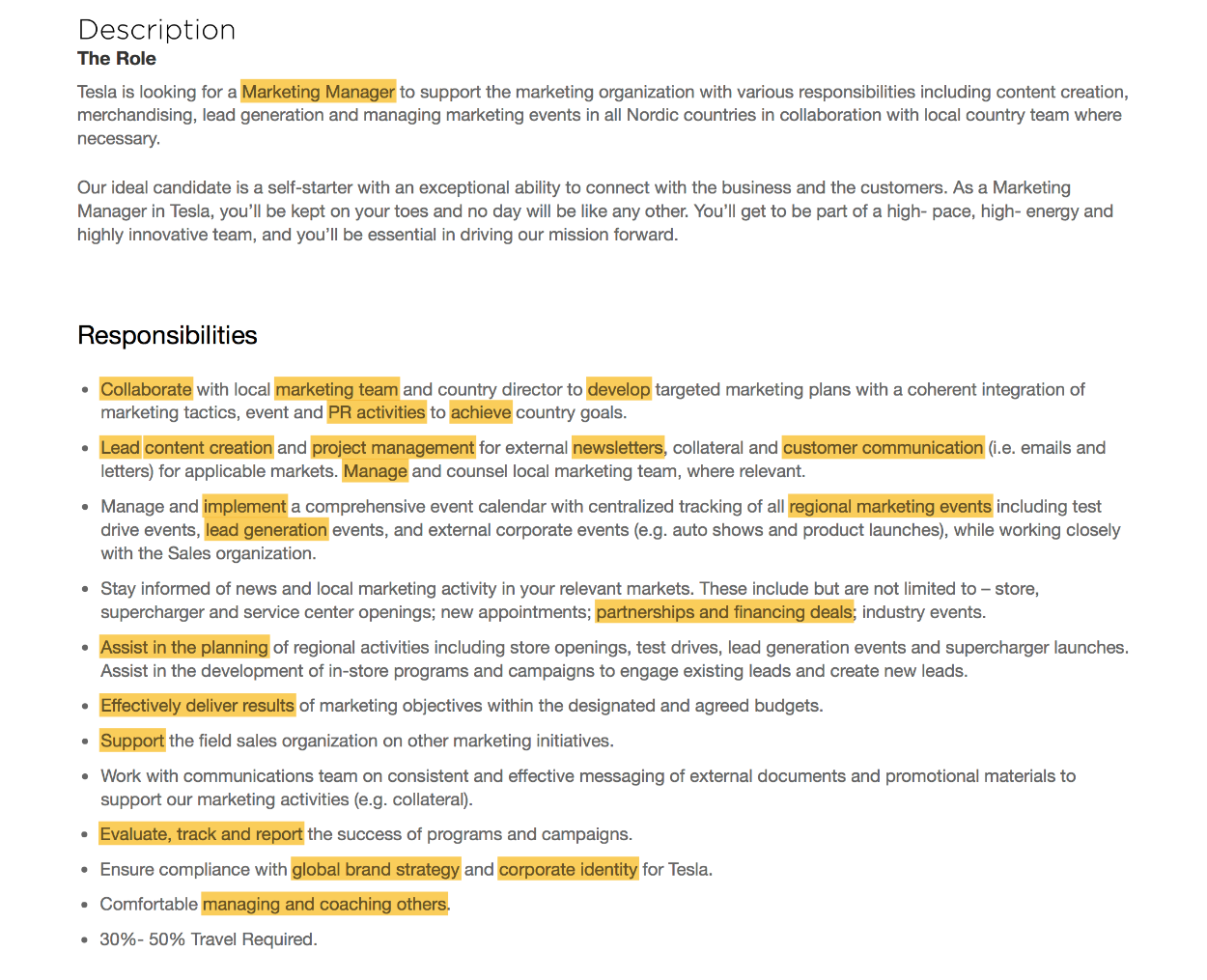
If you think your resume will go for every job posting, you are applying you are wrong? Because you need to make minor edits just always. And, that minor editing is keywords.
So, when preparing to write a resume, the best place to start is to read carefully the job postings that interest you. You should study each job description for keywords that show what the employer is looking for in an ideal candidate as you apply for different jobs. And, all you need is to include those keywords in your resume where relevant.
For example, if you’re applying for a job as a Content Specialist, an employer might list keywords such as “SEO-Relevant,” “Fluent English,” “Strong Research Skills,” or “Good in Grammar” in the job description. So now, you need to pay particular attention to anything listed in the sections labeled “Requirements” or “Qualifications.” And, if you possess such skills that employers are looking for, you can mention the same terms to your resume in the experience or skills sections.
Must say, but don’t go overboard with the keywords because recruiters can easily spot “keyword stuffing” a mile away.
3. Be a Name-Dropper
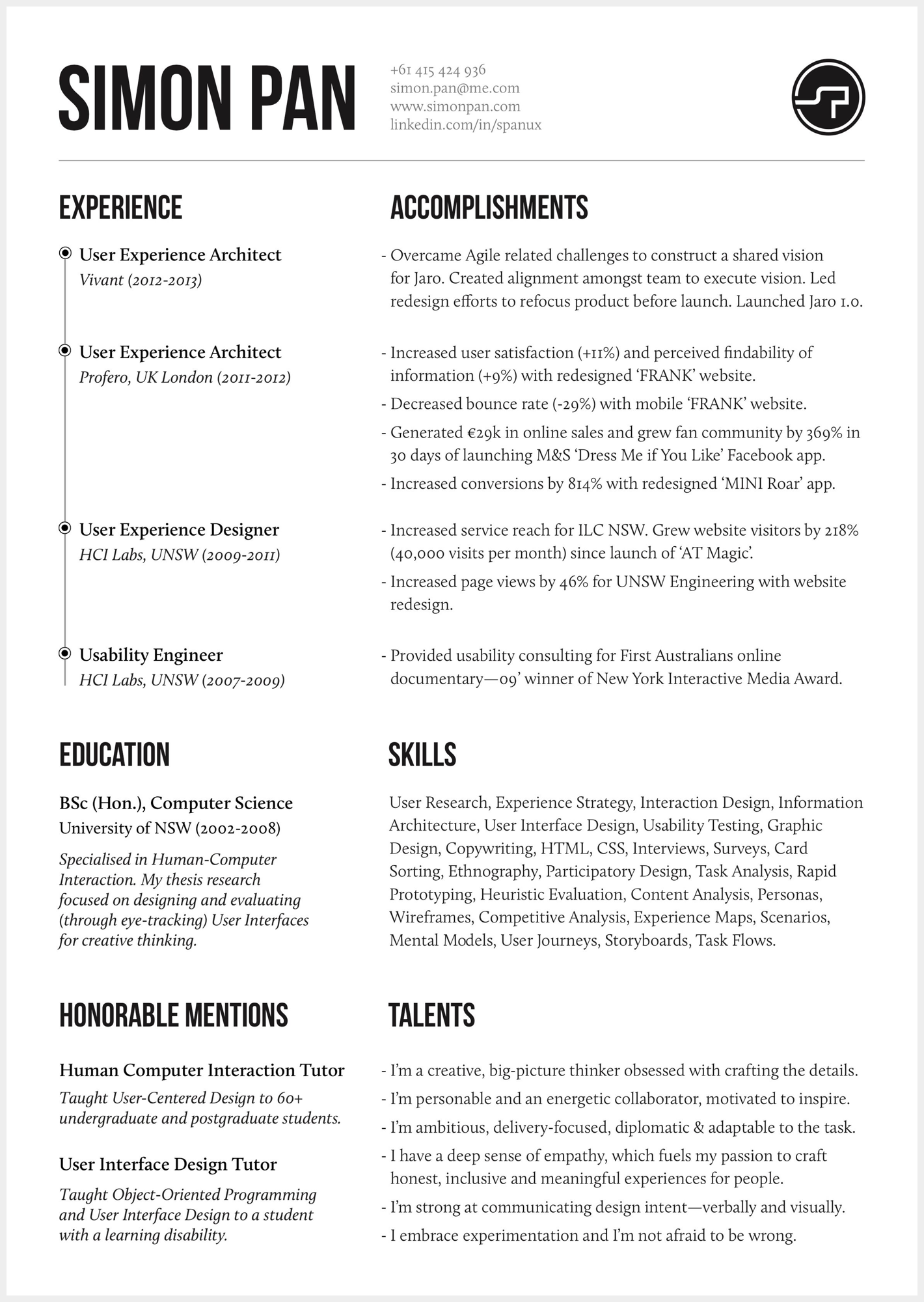
Well, it may be a poor way to drop names in everyday life; still, all do this to get people's attention. So, why not on a resume? Yes, one should do it on the resume. All we are trying to say is if you’ve worked with well-known companies or clients, go ahead and mention them by name.
For example: “Closed deals with Amazon, Microsoft and Reserve Bank Of India” will cast you in the best possible light and might pique a recruiter’s interest.
4. Utilize Your Performance Reviews
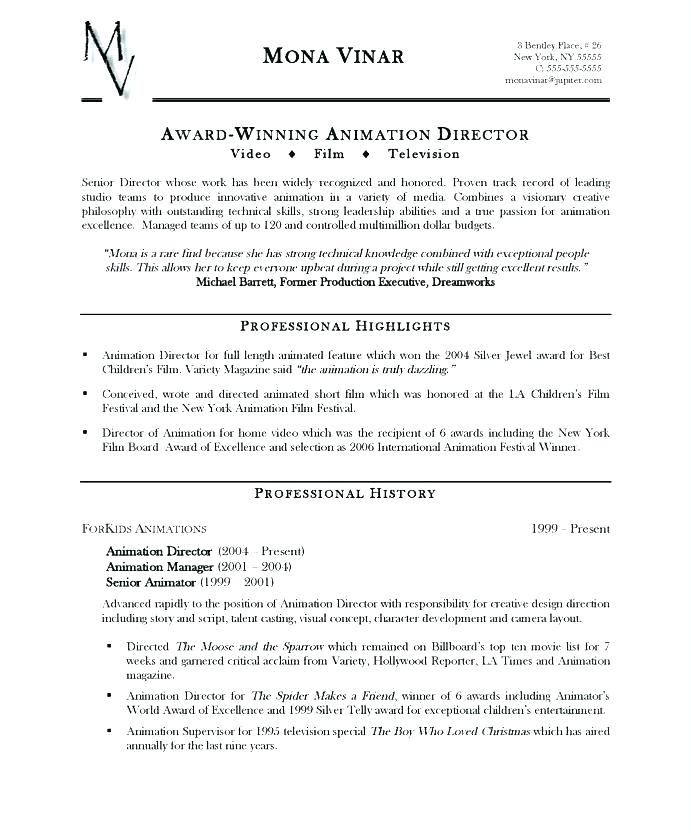
I think nobody looks at their annual review for merely a resume material, but checking it once can make you look unique. Yes, looking at experience will make you identify the positive feedback you’ve received in past years for your most noteworthy accomplishments and best work attributes.
And, these are the two things that you should highlight on your resume. Moreover, including the goals you’ve accomplished and specific feedback you’ve received will help you avoid needing to use “fluff” to fill out your work experience.
5. Use Common Sense While Writing Email ID
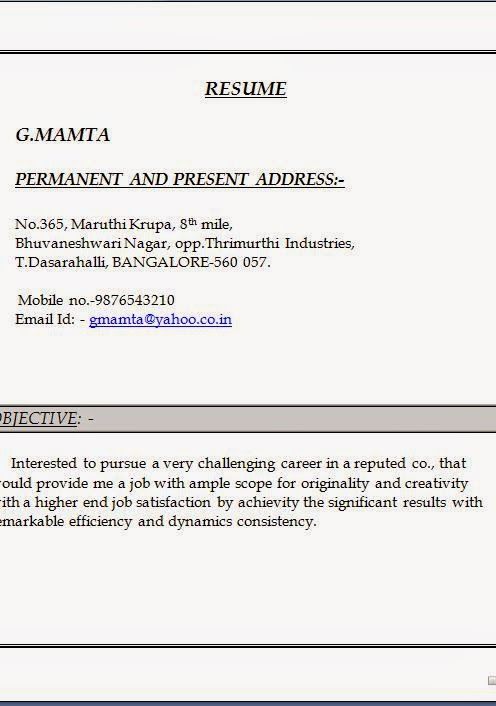
You should be very careful while writing your email address in your contact details. You need to make sure a few things that there are two types of email addresses you shouldn’t use on your resume that is your current work email address, or an overly inappropriate or personal email address, like [email protected].
Also, keep this in mind when you apply for the job via email. Do not even send any emails or attachments to HR Managers from such email addresses. In all, stick with something strictly professional based on your name to make the best impactful impression.
6. Use Hobbies to Your Advantage
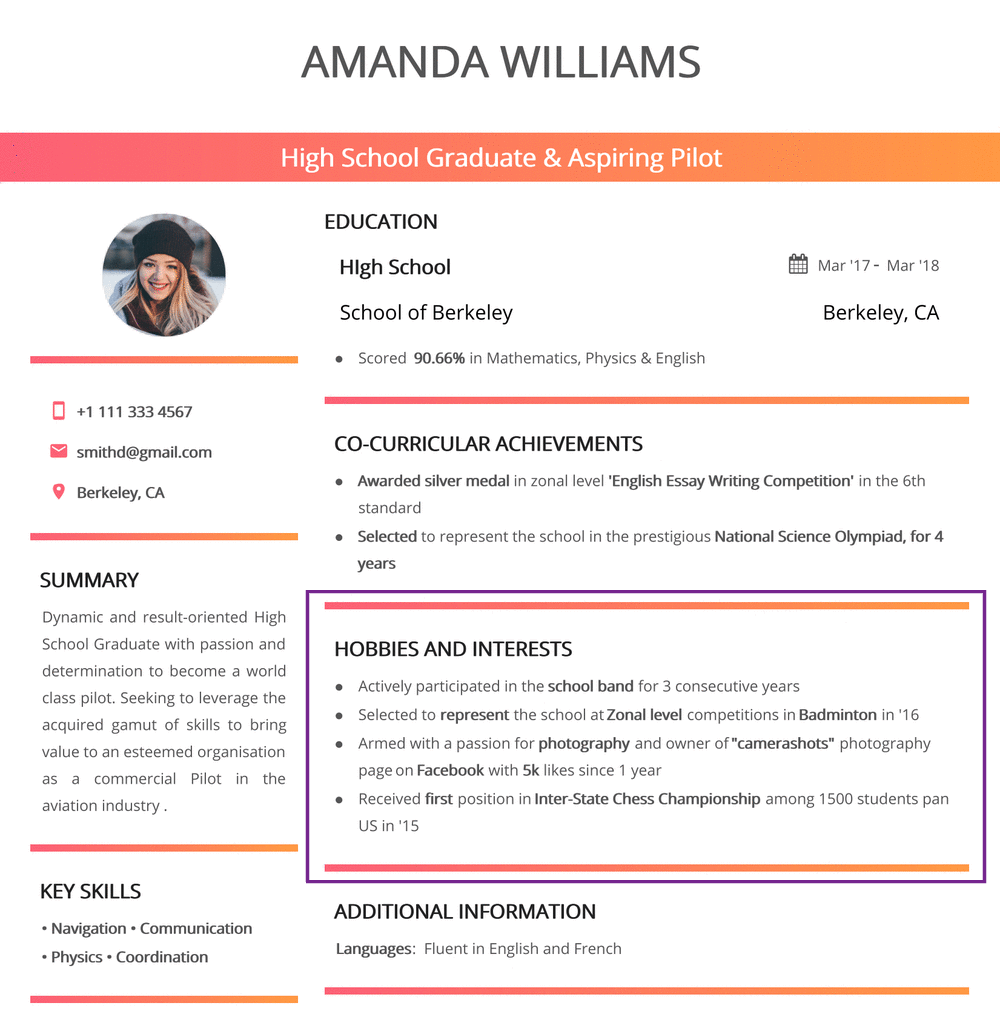
When it comes to the hobby section, what you do is stuff it with all your childhood aspirations. But believe me, this is not the way. Because not all hobbies justify a place on your resume, only some do. So, the question arises which one? Well, the only ones that highlight positive personality qualities or skills that could benefit you on the job profile you are working are worth including.
For instance, blogging about something related to your field (shows creativity and genuine interest in your work) and running marathons (shows determination and discipline) are hobbies that will get recruiters’ attention in no time flat.
7. Skills: Quality Over Quantity
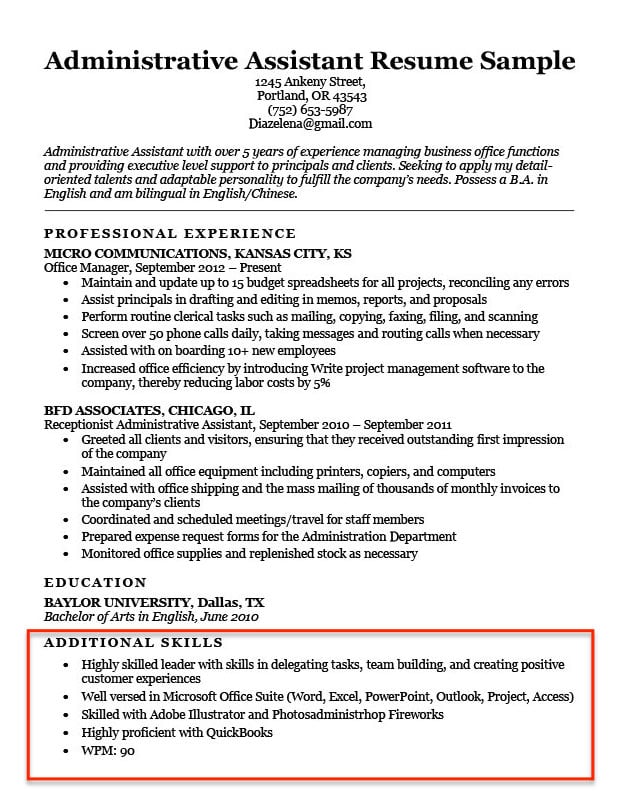
Just think is there any sense of listing all those skills which everyone else has stuffed in their resumes. What’s new then? So, here you have to give a thought about your skills: which one to mention and which not.
For example, putting up skills like Microsoft Office, Mac, email, and PC proficient can make you look like you’re just trying to fill up space on the page. So make sure that keep your skills section short and only include relevant skills that can make an impression to the HR for the job you’re applying.
8. Skip Generic Descriptors
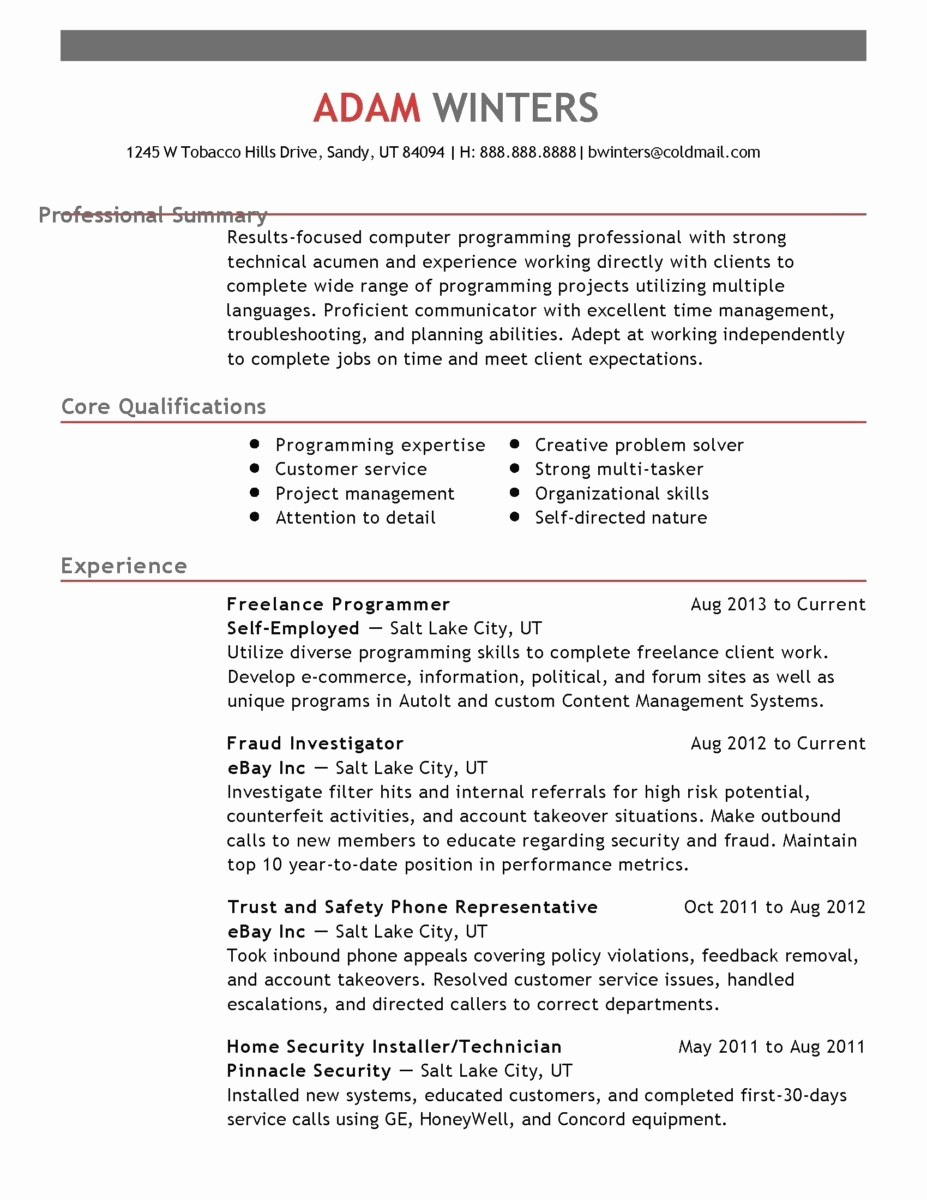
Self-motivated, hardworking, self-sufficient, detail-oriented, and proactive are words you’ll find on most people’s resumes. And, must say most job seekers are just motivated and hardworking.
All we mean is these terms don’t set you apart from the rest of the resumes or applicant pool. Rather, concentrate on the specific skills and achievements that make you distinctive from everyone else applying for the same position.
9. Choose to Share Social Accounts Strategically

This is quite a new trend of including links to social media accounts on a resume. But it’s very important to bifurcate between personal or professional accounts—like a LinkedIn profile or Instagram/Facebook account you manage for work—and non-professional ones like your personal Facebook or Twitter account.
You’re better off only listing accounts that are professionally-focused instead of mentioning links to personal accounts to show recruiters who you are. It will be great to save your winning personality for an in-person interview.
10. Include Your Address Only if it Works in Your Favor
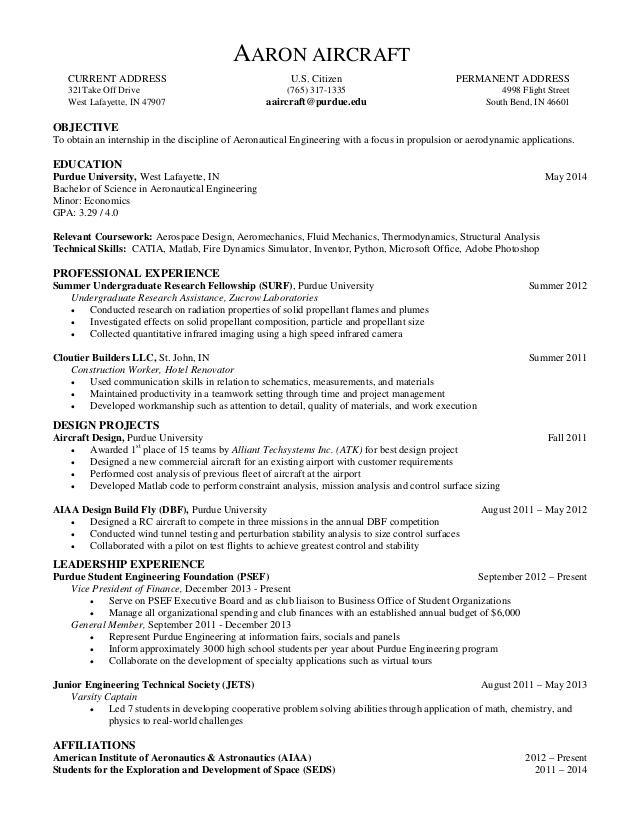
There is no problem in including your address, especially if you’re applying to positions in the city or town you live. That means to include your address only if the work locations you are applying for are somewhere near to you. Because this way, your hiring manager will understand that you’re already in the area and could theoretically start working right away the company wants.
However, if you’re opting for jobs in another area and you’d need to move in at some other location to start working, it’s the best clue to leave your current address off of your resume. Why exactly? Because many times recruiters are less excited to interview candidates from another state or city since they often require relocation fees.
Wrap-up Words
We all know that the resume is often the first step to getting an interview with an employer. Hence, think about what you need to include and how to include the most relevant information on your resume.
Also, organize it to highlight the most important information and must review for errors. Once your resume is crafted well, it will surely help you get more callbacks and interview offers.
And, we hope all such resume tips will help you get a callback from your dream company for sure!
Popular Posts
20 Most Powerful Goddess Names In Mythological World
From Gaia to Kali; every goddess in mythologies have a prominent role to create or restore the balance in nature and the universe.
Kimberly Campbell
21 Gods & Goddesses of Destruction, Death & Underworld
This list showcases the Gods of death, the Underworld, and destruction: from the Egyptian God of Death- Anubis, who was recognized as a man with a jackal head, to the Hindu God of Death- “Yama,” who took the records of each person’s death. But Thanatos was the personified spirit of non-violent death.
Rupesh Chhabra
14 of the Renowned Gods and Goddess of Healing & Medicine
No wonder, the God of healing and magical tradition allied to it, never failed to surprise people especially in ancient times. Let’s discover some of God and Goddess of healing and their amazing contribution.
Rupesh Chhabra








